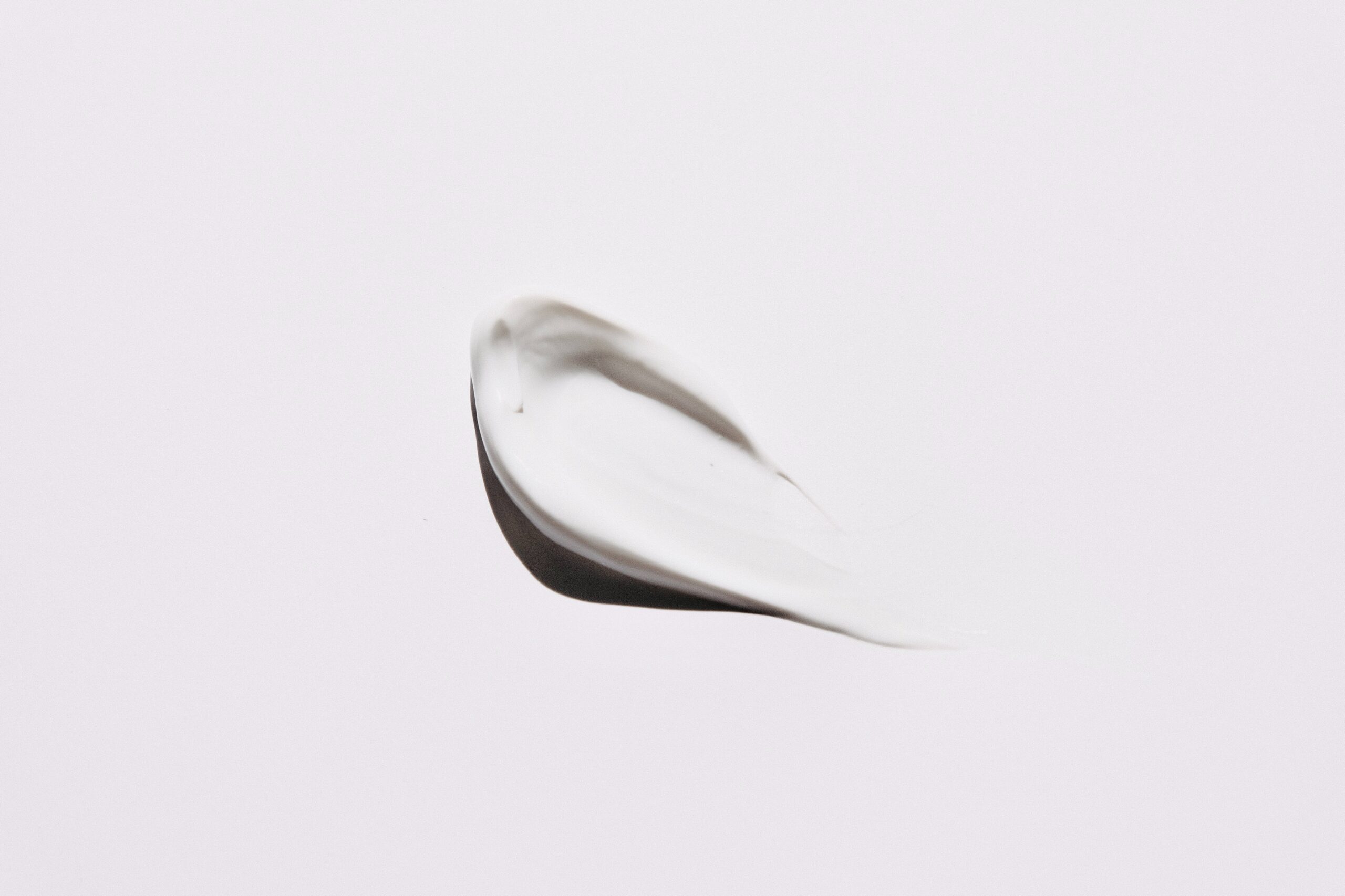PANTHENOL AS A COSMETIC INGREDIENT
Panthenol is an alcohol derivative of vitamin B5, which is also known as Pantothenic Acid. Panthenol and pantothenic acid have the same biological activity and panthenol can be converted by oxidation to vitamin B5 in the skin. Pantothenic acid is found in all living cells and is essential for normal metabolism and hormone production.
In cosmetics and personal care products, panthenol is used as an antistatic, hair conditioning and skin conditioning agent. This ingredient can be used in two forms: D-Panthenol (viscous oil) and DL-Panthenol (crystalline powder). Only D-Panthenol (Dexpanthenol) is biologically active, but both forms have moisturising properties. When used in cosmetics, it is usually present in its D-form or as racemic mixture.
Panthenol is often used in hair conditioners, shampoos, hair sprays, make-up products, skin moisturisers and other products for skin care. On the skin, panthenol can act as a lubricant, giving it a soft and smooth appearance, and also enhance the appearance and feel of hair (e.g., improving its texture). Panthenol is widely used as humectant in cosmetics because of its ability to attract and hold moisture.
The Cosmetic Ingredient Review (CIR) Expert Panel has assessed the safety of Panthenol in cosmetics and concluded it was safe as a cosmetic ingredient when used at the present practices of use and concentration described in the report. According to data received from the 2017 FDA’s Voluntary Cosmetic Registration Program (VCRP), Panthenol was used up to 5.3% in leave-on cosmetics and up to 5% in rinse-off products.
The CIR Panel concluded that panthenol has low potential for systemic toxicity at high doses. This ingredient is not mutagenic in vitro. In several animal and clinical studies, panthenol was non-to-mildly irritant, but it was considered to have minimal potential to cause sensitization and irritation. It was neither photoirritant nor photosensitizer.
When administered in an adequate vehicle (e.g., water-in-oil emulsions), dexpanthenol topically applied has good skin penetration and reaches high local concentrations. Topical applications of these compound are well tolerated, with minimal risk of skin irritancy or sensitization.
The low concentrations of use of panthenol in cosmetics and personal care products and the requirement of vitamin B5 for normal metabolism suggests that the dietary exposure levels to this ingredient would greatly exceed the amount that could be absorbed from cosmetic use.
OTHER USES OF PANTHENOL
There are several studies about panthenol (especially dexpanthenol) and its activity on the skin. Creams containing dexpanthenol have shown to significantly accelerate skin barrier repair when compared to placebo. These creams also reduced skin redness (a sign of inflammation, which was induced by sodium lauryl sulfate) and roughness, while enhancing the hydration of the strateum corneum. Dexpanthenol has proven to be able to reduce transepidermal water loss, maintaining skin softness and elasticity. In vitro and in vivo studies show that this compound elicited activation of fibroblast proliferation, which is relevant in wound healing.
The US Food and Drug Administration (FDA) includes panthenol on its list of nutrients and/or dietary supplements Generally Recognized As Safe (GRAS). D-Panthenol is an ingredient approved by the FDA in prescription drug products for use as injectable vitamins. Panthenol is listed as an ingredient that may have chemical activity in wound dressing.
The FDA also includes Panthenol on its list of Over-The-Counter (OTC) drug products that are not generally recognized as safe and effective or are misbranded (“Insect Bite and Sting Drug Products” and “Poison Ivy, Poison Oak, and Poison Sumac Drug Products”).
In the European Union, D-Panthenol is employed in several pharmaceutical presentations (e.g., ointments, nasal sprays), being commonly used in repairing creams. According to the European Chemicals Agency (ECHA), dexpanthenol is used in cosmetics and personal care products, pharmaceuticals, air care products, biocides (e.g., disinfectants, pest control products), polishes and waxes and washing and cleaning products.
If you wish to get more information on panthenol or other related ingredient, do not hesitate to contact us at info@criticalcatalyst.com.
References:
- Regulation (EC) No 1223/2009 of the European Parliament and of the Council of 30 November 2009 on cosmetic products.
- Cosmetic Ingredient Review (CIR) Expert Panel. Safety Assessment of Panthenol, Pantothenic Acid, and Derivatives as Used in Cosmetics. 2017.
- Camargo FB Jr, Gaspar LR, Maia Campos PM. Skin moisturizing effects of panthenol-based formulations. J Cosmet Sci. 2011 Jul-Aug;62(4):361-70.















